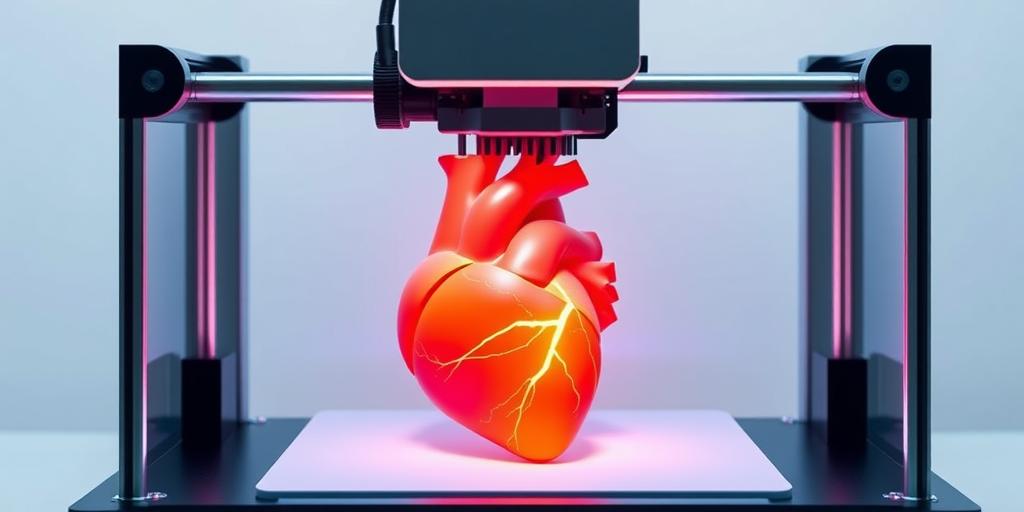3D Bioprinting of Organs and Tissues: Progress by 2025
3D bioprinting is revolutionizing the field of regenerative medicine, offering the potential to create functional organs and tissues for transplantation and research. This article explores the advancements in 3D bioprinting, current challenges, and the expected progress by 2025.
What is 3D Bioprinting?
3D bioprinting is an additive manufacturing technique that uses cells and biomaterials (bioinks) to create complex 3D structures. These structures mimic the natural architecture of tissues and organs, offering potential solutions for organ shortages, personalized medicine, and drug discovery.
Key Advancements in 3D Bioprinting
- Bioink Development: The development of biocompatible and functional bioinks is crucial. Researchers are exploring various materials, including hydrogels, decellularized extracellular matrix (dECM), and cell aggregates, to improve cell viability and tissue functionality.
- Printing Technologies: Various printing techniques are employed, including extrusion-based, inkjet-based, and laser-induced forward transfer (LIFT). Each method has its advantages and limitations regarding resolution, cell viability, and material compatibility.
- Vascularization: Creating vascular networks within bioprinted tissues is essential for nutrient and oxygen supply. Significant progress has been made in bioprinting perfusable vascular structures, which are critical for the survival and function of thick tissues and organs.
- Bioreactors: Bioreactors provide a controlled environment for the maturation and functionalization of bioprinted constructs. These systems offer optimal conditions for cell growth, differentiation, and tissue remodeling.
Current Challenges
- Scalability: Scaling up bioprinting processes to create large, clinically relevant tissues and organs remains a challenge. Efficient and reproducible methods are needed to produce complex structures with high precision.
- Regulatory Framework: The regulatory landscape for bioprinted products is still evolving. Clear guidelines and standards are necessary to ensure the safety and efficacy of bioprinted tissues and organs for clinical applications.
- Long-Term Functionality: Ensuring the long-term functionality and integration of bioprinted tissues in vivo is a major hurdle. Further research is needed to understand the mechanisms of tissue remodeling, vascularization, and immune response.
Expected Progress by 2025
By 2025, significant advancements in 3D bioprinting are anticipated:
- Advanced Bioinks: Development of bioinks with enhanced mechanical properties, cell-instructive cues, and biodegradability.
- Improved Printing Resolution: Advances in printing technologies will enable higher resolution and precision, allowing for the creation of more complex and functional tissue architectures.
- Clinical Trials: Initiation of clinical trials for bioprinted skin, cartilage, and bone grafts.
- Organ-on-a-Chip Models: Widespread adoption of bioprinted organ-on-a-chip models for drug screening and personalized medicine.
- Automated Bioprinting Systems: Development of automated and high-throughput bioprinting systems for scalable production of tissues and organs.
Conclusion
3D bioprinting holds tremendous promise for transforming regenerative medicine. While challenges remain, the continuous advancements in bioink development, printing technologies, and bioreactor systems are paving the way for significant progress by 2025. The anticipated clinical trials and widespread use of organ-on-a-chip models will mark a new era in healthcare, offering innovative solutions for tissue repair, organ replacement, and personalized medicine.
